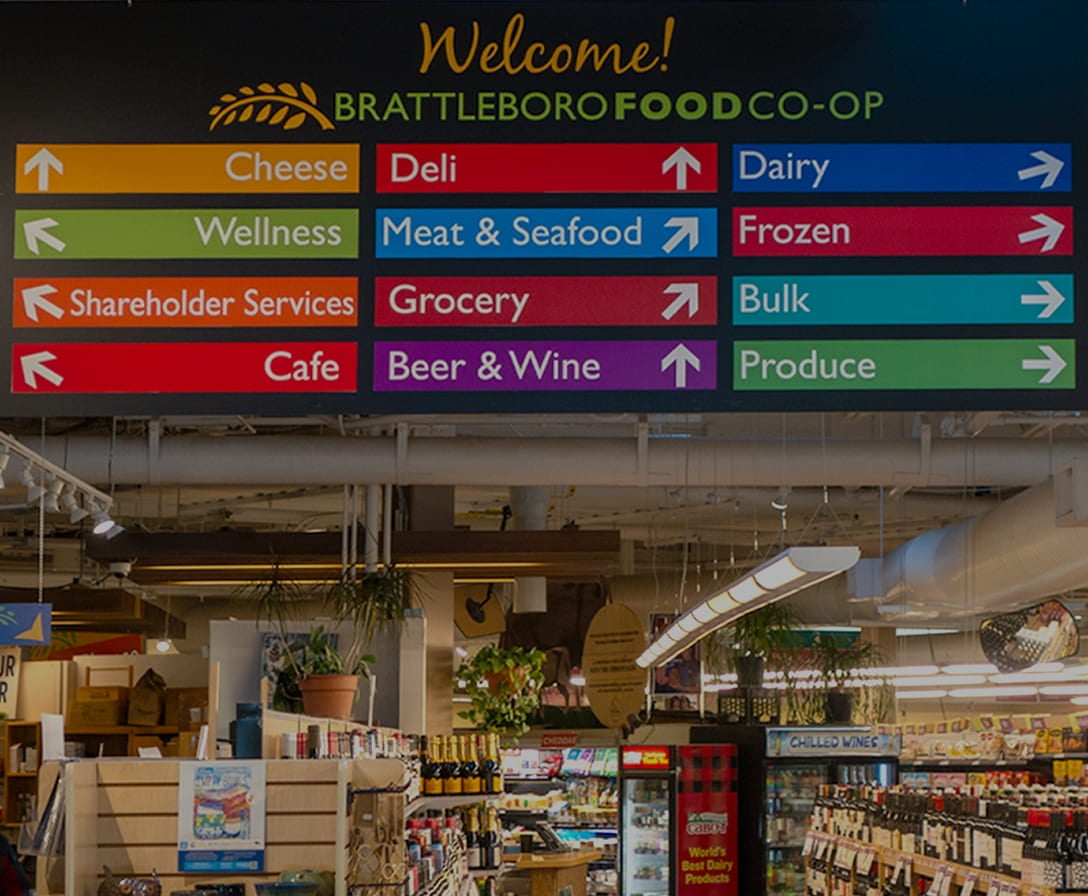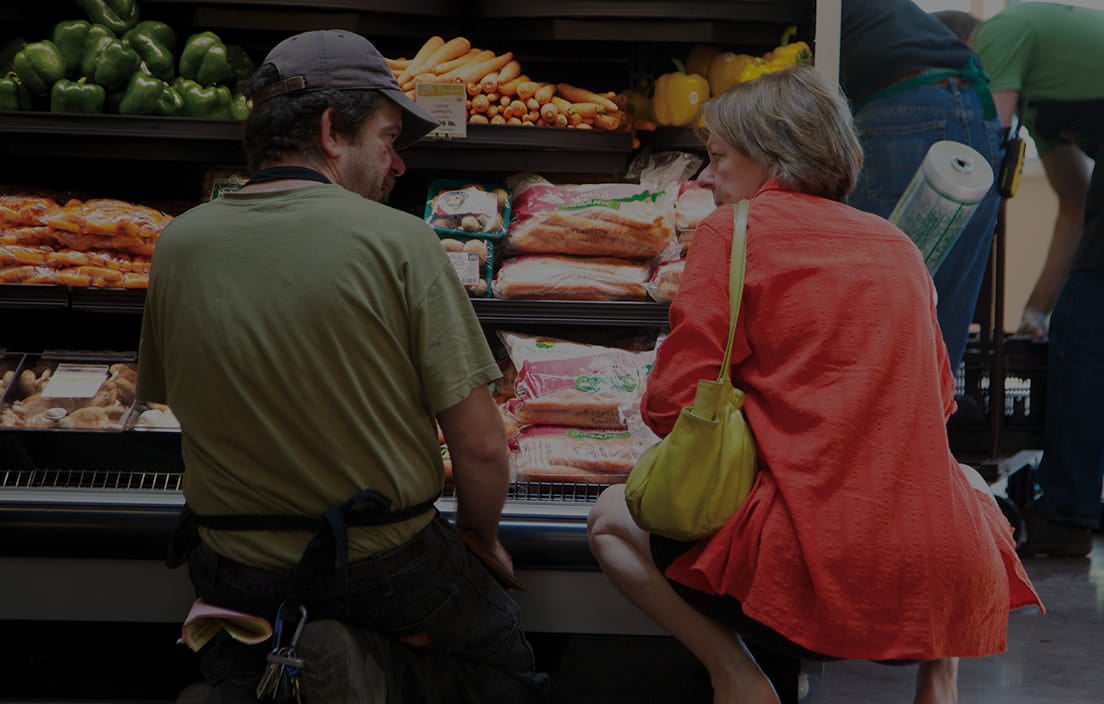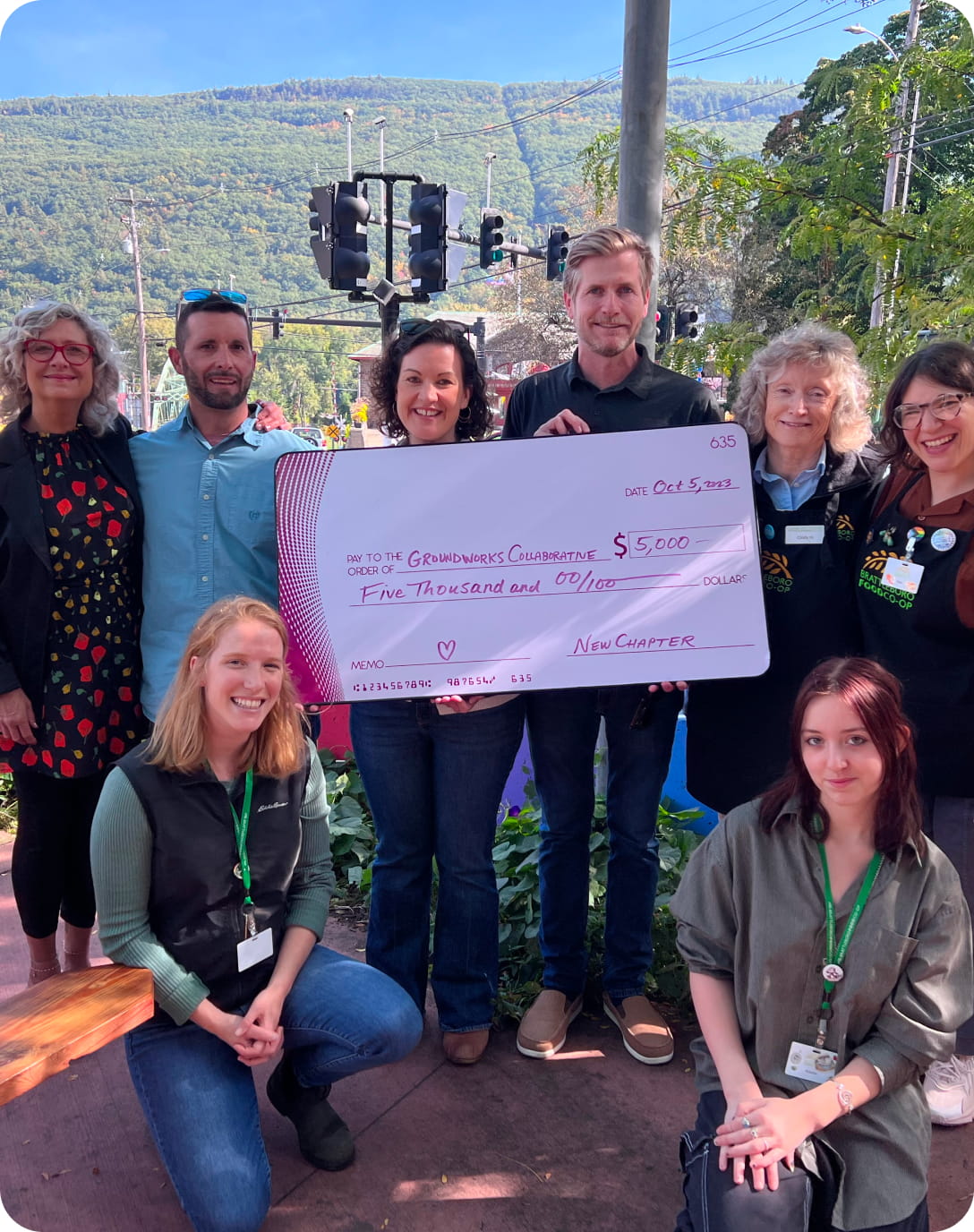It’s All About the Food: Turkey
As the days are getting shorter with the change in the seasons, I have enjoyed seeing many wild turkeys this fall. I like watching the rafter of all shapes and sizes amble through the tall grass in our field in the early morning light. They peck at the grass as they forage for bugs and who knows what else as they cross the property. They are unafraid of the deer that often keep company with them. Occasionally I hear a gobble, and the most amazing sights to catch are the flying and the running turkeys since many of these birds are quite large and neither running nor flying seem to be an easy task!
Wild turkeys are native to this continent and were an integral part of Native American culture long before the Europeans colonists arrived here. Turkeys were fairly easily to obtain for the first Thanksgiving celebrated by the colonists in this country, thanks to the Native Americans. Turkey continues to be a primary feature of the traditional Thanksgiving meal, a main source of protein that is relatively low in fat. Whether it’s the delicious roasted skin, the white turkey breast, or the dark meat, it always seems to evoke smiles around the table. Turkey has been shown to be beneficial for the regulation of blood sugar levels, and intake of lean turkey has been associated with supporting pancreatic health. Turkey has many other nutritional attributes: phosphorus, zinc, iron, magnesium, copper, and potassium. It provides all the B vitamins but is especially high in two, niacin and pyridoxine. We are fortunate to have such a large number of farms in Vermont that provide locally raised turkeys, including Stonewood and Misty Knoll.
About Producer of The Month

Shop Online

On Sale Now!

